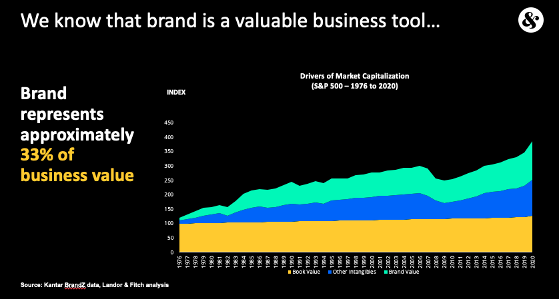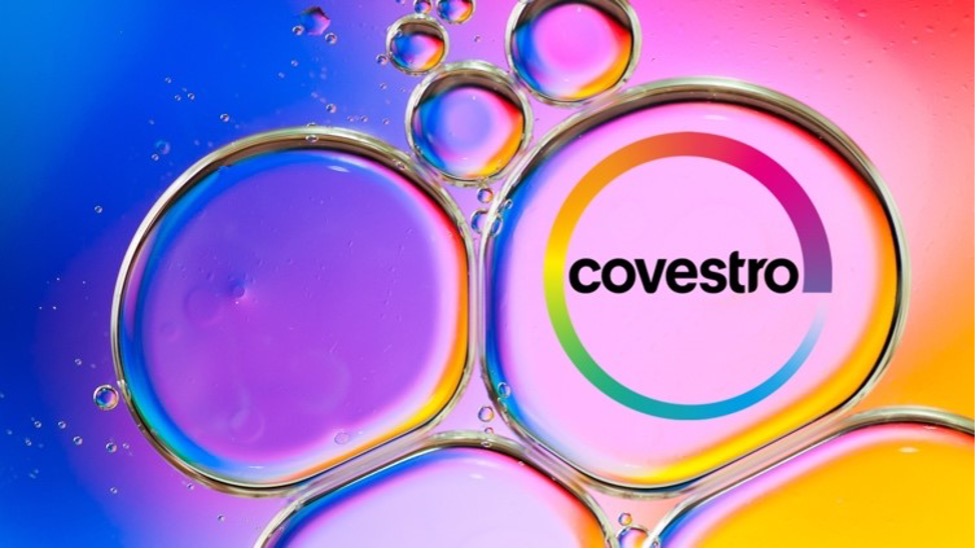
Climate tech: the untapped (brand) opportunity
How brand building and purposeful storytelling can create a competitive advantage for companies innovating to support the planet and society
For all the successes or failures of COP26, one clear achievement is that 120 global leaders came together to resolutely acknowledge and initiate action on the climate emergency. And while the progress made may well be debatable, there’s no question that now is the time to get into climate tech.
The heightened sense of urgency to decarbonise the world’s economy – with the UK aiming for zero emissions by 2050 – has fuelled a recent investment boom. Since the Paris Agreement in 2016, climate tech investments have grown fivefold to €32 billion, making climate tech the new venture capital sweetheart.
There’s good reason too. Demand for innovation is high and the technology is unprecedented, bringing hope of better support for carbon management, and carbon capture, usage and storage (CCUS) across our urban environments, heavy industries, mobility and travel, land use, food production and much more. Chamath Palihapitiya, chairman of Virgin Galactic and billionaire tech investor, has speculated that the world’s first trillionaire will be in climate tech, whilst Larry Fink, CEO of Blackrock, has stated: “The next 1,000 Unicorns will be in climate tech”.
When Landor & Fitch launched its award-winning research on unicorns (startups worth $1 billion or more) in 2019, none of the EMEA unicorn brands were in the climate tech sector. But records show there are now six climate tech brands in EMEA and 30 Worldwide.
But for all the attention and investment, can anyone recall a climate tech brand that is leading the way right now? Probably not.
Whether entering the category as a startup or as an energy heavyweight, there is currently an untapped opportunity – and a need – to lead with the brand to drive recognition, preference and, most importantly, growth.
Brand as a powerful business asset
As market cap becomes increasingly linked to intangible rather than tangible assets, optimising the value of a brand is key to optimising the value of a business.
Our analysis below identifies that brand represents approximately 33% of business value and is a critical growth driver. By failing to build strong brand perceptions, many climate tech companies are leaving money on the table and leaving themselves open to competitive threats of those organisations that do.

Differentiation over relevance
All too often we see businesses prioritising brand relevance, making market-parity claims and following category conventions whilst disappearing in the noise. Without genuine brand differentiation there really is little to make them stand out or create a competitive advantage.
A business can set itself apart by finding and highlighting a superior aspect of its proposition, experience or culture. Differentiation is also a leading indicator of brand potential and the key equity measure that drives future value with customers and investors – essential for any up-and-coming climate tech company.
Our Demandscape Future Segmentation approach identifies three steps to find the customers and opportunities that matter most to the future growth of any business. This in turn delivers the formula for its brand differentiation – something every climate tech company should be thinking about.
Purposeful storytelling
At the heart of differentiation, and the climate tech brand opportunity overall, should lie a clear and authentic purpose. When clearly set out, purpose is both a powerful and practical force for guiding decision-making. It also fuels meaningful, evocative brand-led storytelling that is unique and authentic; from belief system to thought leadership to brand experience.
When Bayer spun out its material science division, it faced the challenge of establishing a new brand and building a reputation. Enter Covestro. The brand story, name and visual identity is rooted in its brand purpose of making the world a brighter place and Covestro’s focus on driving growth through technologies that benefit society and reduce environmental impact is still clear and consistent in its storytelling today.

Culture is brand; brand is culture
One of the most exciting elements of the Covestro case is that its brand purpose is not just central to external storytelling, but internal storytelling too. It encourages employees to push boundaries, nurture curiosity and let their ingenuity soar.
Conjoining the brand and the culture from the get-go is instrumental to creating culture that can help propel a business to new heights.
In our Unicorn Study, we found that unicorn CEOs are active ambassadors for their brands and their belief systems – again, not just externally but also internally. To them, brand and culture are tightly aligned and interdependent. Another common trait of unicorn culture is a decentralised structure, where more decision-making power is delegated to the frontline. By giving more ownership and responsibility to their staff, rapidly growing climate tech unicorns can respond to change faster, and thus accelerate their expansion. Therefore, customer centricity is almost never part of their values – it's a given.
Looking to the future
Today, every sector is filled with brands making increasingly meaningful efforts to support the planet and society. Soon, climate tech brands are going to become household names we know and trust.
Now is the time for business leaders to ask themselves what value they will bring to both their teams and customers, but also what role does brand play for them and how they can differentiate. The extraordinary climate tech unicorns will certainly be brand-led.
published on
18 January 2022
Category
More in Experience

Let’s add audio for visually impaired audiences
How to make advertising more accessible for visually impaired audiences

The Future 100: wellbeing, humanity, emotion and tech
This annual trend spotter – by WPP’s VML – gives us the context for the new normal for marketing in 2024.

Activating sports events – the ultimate balancing act
WPP Sports Practice takes a look at the art of timing for sports event activation

